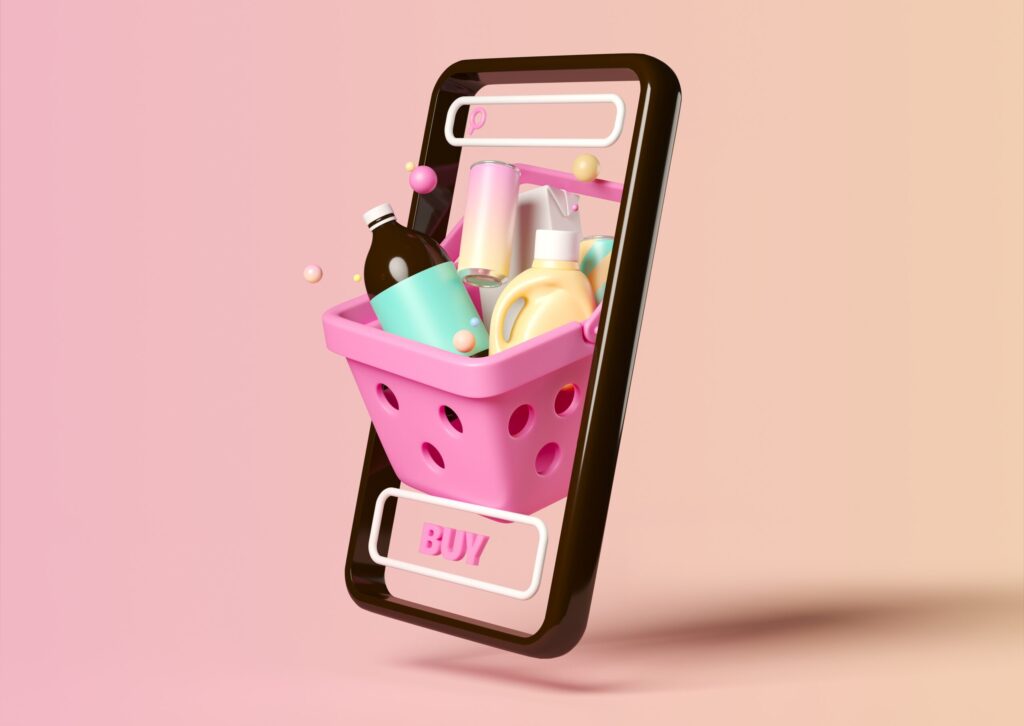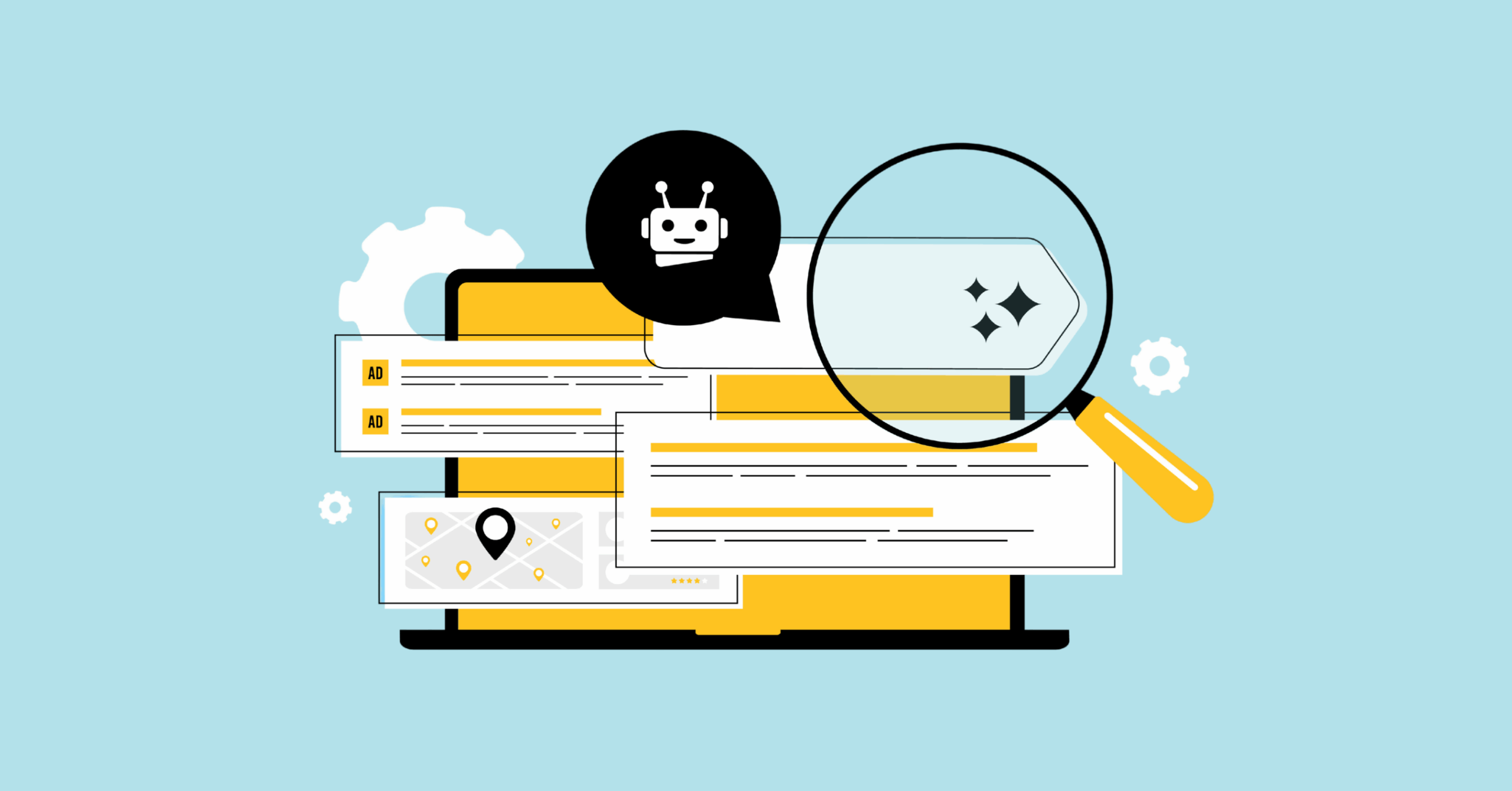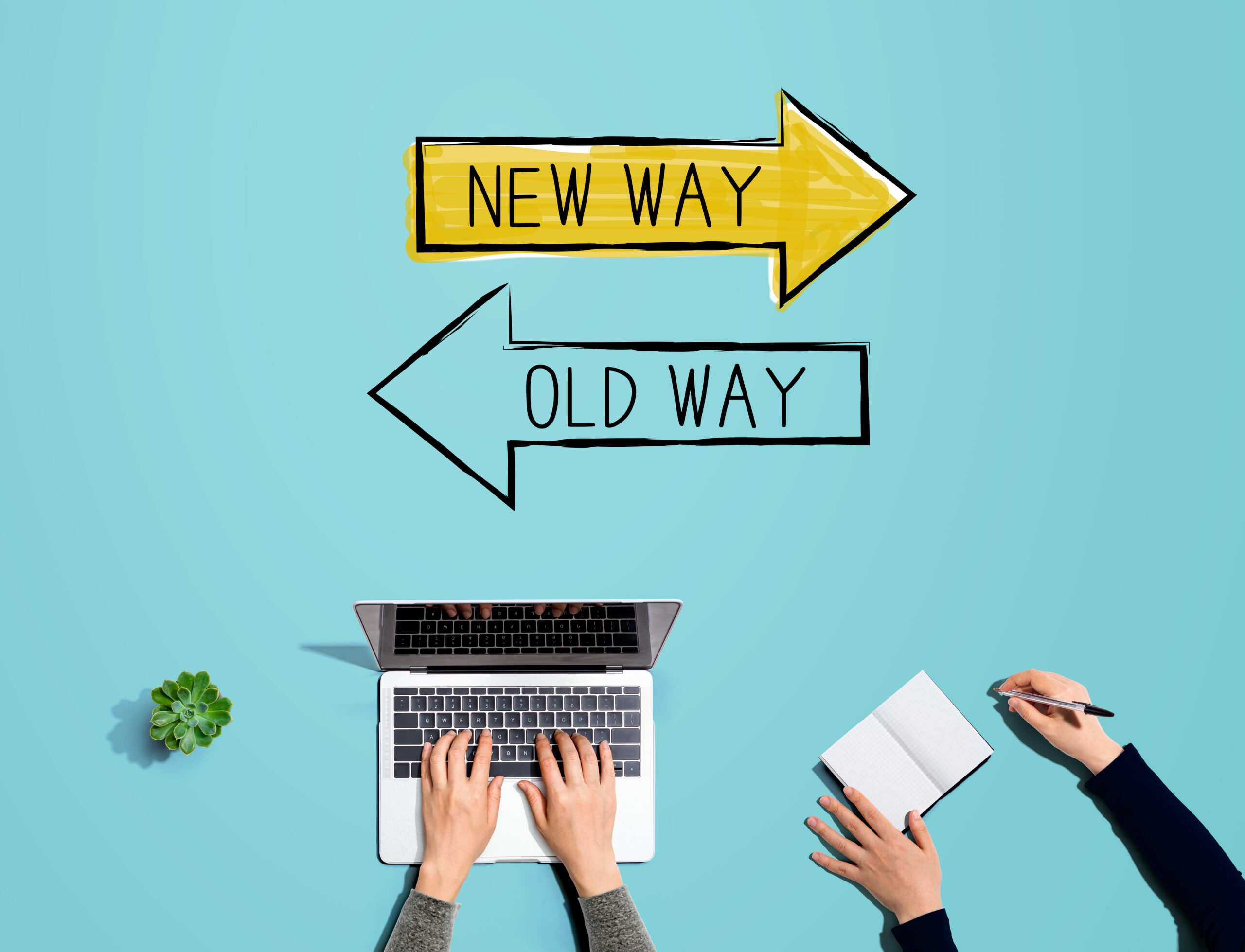Grocery shopping is a giant business, accounting for nearly $800 billion in annual spending in the United States alone. But it’s also a notoriously tricky business, with price-sensitive customers and the dance of inflation further complicating the landscape.
Retail leaders across categories are intent on leveraging the powerful capabilities of emerging technologies to revolutionize their organizations and improve margins. They aim to keep current customers happy while successfully expanding to include new ones.
As game-changing technology like generative AI, robotics, drones, and more sweep our culture, food retailers are looking to optimize how they sell groceries online and in person. Baked into this technology is the ability to automate processes, collect, manage, and analyze data, glean deeper insights, connect more authentically with customers, and offer more tailored customer experiences.
It’s the dawn of a new age in how we shop for food, and it’s shaping up to be a fascinating ride for the everyday consumer. Here are some trends and ways technology will revolutionize the in-store and online grocery shopping experience — and how companies may choose to evolve in response.
Online Grocery Shopping Trends and Technology Adoption
Let’s start with what’s happening online. Consumers today still shop for most of their groceries in brick-and-mortar stores, which account for 83% of US grocery sales, but online grocery shopping is fast gaining steam. According to NielsenIQ, online grocery shopping outperformed in-store sales by nearly 300% in 2024 compared to 2023.
Value-First Shopping
Inflation remains high, and customers continue to feel the impact. Some 70% of shoppers cited food prices as a top concern, according to a February 2024 report by FMI, The Food Industry Association. Cost has emerged as a top decision-making criterion for customers deciding whether to try new products when shopping for groceries.
Younger shoppers with tighter budgets are also more cost-conscious. Gen Z shoppers are the likeliest to compare unit prices at the same store (79%) as compared to Gen X shoppers (69%) or baby boomers (72%). Grocery stores have responded by augmenting private-label offerings. Sales of private label goods represented 19% of total grocery revenue in 2019, a 5% jump year over year. Digital native shoppers increasingly use online shopping sites to compare prices, helping consumers maximize value. This “flight-to-value” behavior in grocery shopping has benefited mass merchants like Walmart, expanding its market share by 6.2% since 2021, ending 2023 with a whopping 45% of grocery online sales.
Increase in E-commerce Grocery Shopping
Grocery e-commerce is expected to lift overall grocery sales more than in-store purchasing — and it’s predicted to grow at a compound annual rate of 4.5% over the next five years. That’s more than 3x faster than the 1.3% rate forecast for in-store grocery sales. Total grocery e-commerce sales are forecast to hit nearly $120 billion by the end of 2028, which is about 12.7% of total grocery sales in the US, with pick-up expected to lead the charge as the most popular e-commerce method.
Increase in Online Grocery Shopping Platforms
Grocery delivery sales in the US are expected to surpass $257 billion in 2024 and $422 billion in 2028, according to Statista. While Walmart leads the pack with more than 25% of the grocery delivery market, other grocery e-tailers like Amazon Fresh, Costco, Target, Kroger, Albertsons, and more are in hot pursuit of market dominance. Smaller online brands like Vitacost and Thrive Market, which specialize in natural foods, are also gaining traction — a trend sure to continue as more people lean into digital grocery shopping experiences.
Grocery Shopping Apps on the Rise
25% of consumers today use grocery shopping apps, which store shopping lists, offer digital coupons, display store maps, and integrate with rewards and loyalty programs. These apps provide online and in-store benefits enhanced by technology. For example, at some stores, deli and bakery items can be preordered online to save shoppers from standing in line holding a paper order number. In addition, digital kiosks advertising the latest deals are becoming more popular.
How Tech Innovation Will Shape the In-Store Grocery Experience
Consumers today still buy most of their groceries in physical stores — in fact, 83%. For this reason, some of the most fascinating tech innovations in the grocery retail space are being dreamed up to meteorically uplevel the customer experience and keep people who enjoy more hands-on grocery shopping happy.
Enhancing the In-Store Shopping Experience
As grocery shopping increasingly migrates online, brick-and-mortar stores must innovate the in-store experience by transforming it into a pleasurable lifestyle activity. We’re talking superior fresh food offerings, gastronomic areas, food courts, cooking classes, and possibly even movie nights or lectures. To fund these capital-intensive endeavors, stores will need to double-down on automation technology that can free up staff from more mundane, routine operations so that energies can be focused on upleveling the customer experience. Adopting advanced tech like AI-powered smart carts can handle scanning and payment, further optimizing the experience.
AI-enabled Hyper-relevant Recommendations
While retailers have been gathering data about their shoppers to serve them better, they have often needed help to focus disparate data streams into clear, concise, and coherent insights. The advent of generative AI is helping retailers unlock the ability to make hyper-relevant grocery recommendations in the moment — adding immense value to the in-store grocery shopping experience. Brand-customized AI apps can guide shoppers in-store, proactively recommending products and services based on each person’s unique profile, shopping history, and particular in-the-moment needs. Planning a garden baby shower? Great. Bachelorette party at the beach? AI has got you covered.
Upleveled Customer Engagement
Generative AI excels at answering questions and summarizing complex information in a natural, conversation-like manner, which certainly comes in handy in this case. Improved grocery shopping experiences will feature anything from product recommendations and explanations to details about ingredients to in-depth answers to nutritional questions, offering shoppers specific recommendations tailored to their particular needs or preferences.
Enhanced Day-to-day Retail Operations
Traditional methods of designing optimal shelf layouts for grocery products leave much to be desired. They are time-consuming, errors abound, and creating and following these plans can be labor-intensive to say the least. Leveraging the power of generative AI for optimized planogram creation and demand forecasting means staff can be alerted to shortages and empty shelves instantly, and staff can then monitor planogram compliance for quick remedies as needed. Machine-learning algorithms can suggest highly optimized store layouts and product placements based on individual store data. Forecasting and ordering decisions will eventually be fully automated by machine learning algorithms that can monitor real-time out-of-stock alerts.
Leveraging “Dwell” and “Gaze” Time
AI can measure a shopper’s “dwell” time — how long someone spends standing in front of a product — and “gaze” time — how long a person looks at a particular item. Grocery retailers can better understand what their customers want by tracking “dwell” and “gaze” times, meaning more meaningful CX engagements and better sales conversion rates. Individual stores can even tailor their offerings to their location, offering more personalized products and services more effectively tailored to people’s wants and needs.
The Merging of Online and In-Store Experiences Will Increase
Grocery stores will continue to blend their online and in-store experiences in what is often referred to as “seamless omnichannel experiences.” Stores can personalize offers to shoppers, which can be redeemed at their next in-store visit. On the other end, shoppers can order specialty products online or in-app for pickup in-store, saving time and inviting additional purchases. Brand-customized AI apps can even guide shoppers around the store, actively recommending products and services based on each person’s unique profile and shopping history.
Where the Market’s Heading
The grocery retail space is abuzz with anticipation for how technology will grow and expand the in-person and online food shopping landscape. For retail organizations, it’s a time to try and test what marketing technology can be of most benefit, from efficiency gains to cost savings.
What does this mean for brands? When considering leaning into a digital-first strategy or focusing energy into reinvigorating the in-store customer experience, marketers should remember finding ways to meld the online and in person experience will have the greatest impact. Technology is a fast-evolving force that is reshaping how retailers operate and engage with customers, and keeping up with it means adapting creative strategy to meet consumers soaring expectations. The future of grocery shopping is almost in season — let’s hope it’s a tasty one.
__________________________________
Bottomline
We are at the beginning of the tech revolution 3.0, primarily driven by the power of generative AI, which will change how grocery retailers, both online and in-store, do business. As tech evolves and improves, the retail landscape will be increasingly infused with optimizations based on geo-specific demographic data sets, transforming what is sold, how things are displayed (in person and online), and where the actual value lies for each store, app, and online platform. Industry leaders are in a discovery phase, testing and learning which technological advances will benefit and impact their businesses most.
Do you know what tech innovations will have the most impact on your bottom line? If you’re looking to tailor marketing technology solutions for your retail brand, Creative Circle can consult on your needs to craft a bespoke plan that meets you where you’re at. We can help you get the right marketing talent in place to implement and optimize the right technology, ensuring your team stays at the forefront of change in the industry.




